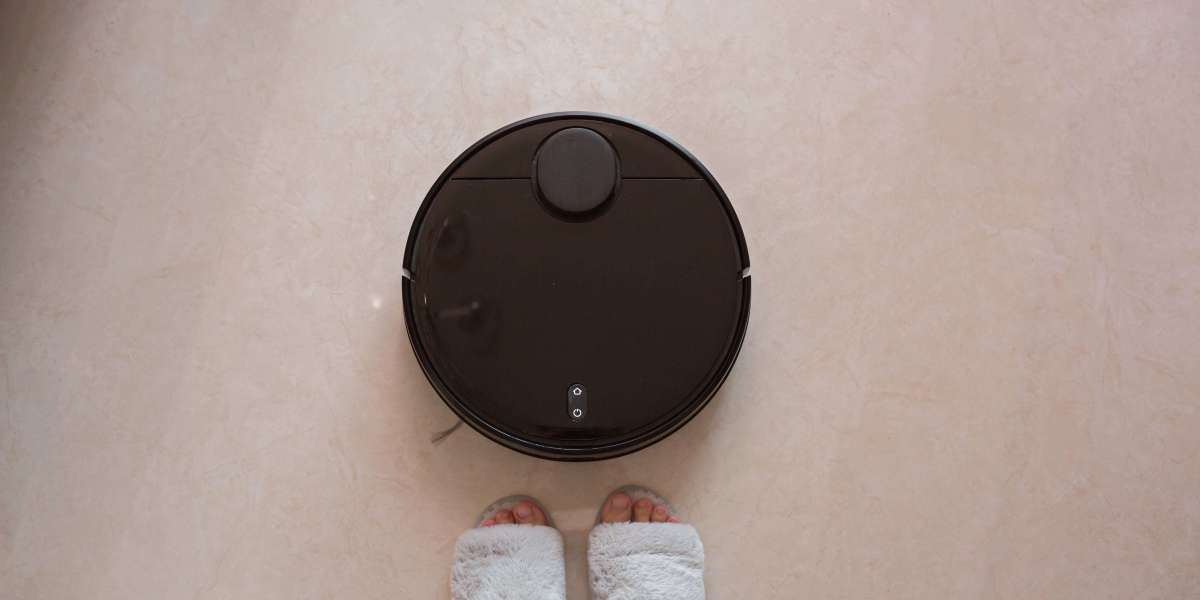 The Benefits of Using a Smart Robot in the Workplace
The Benefits of Using a Smart Robot in the WorkplaceA smart robot is a device that can perform a variety of tasks, such as monitoring and interacting with human beings. This type of robot is employed in a variety applications, such as healthcare and home automation.
A intelligent robot can adapt to changes in the environment. It uses recognition results to change its programs and increase performance. It is also able to learn and make decisions based upon its experience.
They can be taught and adapted.
Smart robots can learn and adapt, a feature that is becoming more important in many industries. This capability is a result of advancements in machine learning and artificial intelligence technologies. Smart robots can detect their surroundings and alter their behavior to suit and perform tasks faster and more accurately than traditional machines. Smart robots can also help in boosting productivity and reducing costs.
Predictive maintenance is one of the most important functions smart robots can carry out. These machines can detect problems and fix them before they cause a breakdown, which can save you money. They also monitor production processes, and alter settings to improve the quality of products.
Robots were once programmed by engineers, but now new technology allows them to learn on their own. A team of researchers at MIT's Computer Science and Artificial Intelligence Laboratory developed an algorithm that can help smart robots increase their efficiency. The system uses a method similar to the way large-scale language models function. The model is based on the concept that a robot's performance generally improves as its data collection grows and becomes more diverse. The algorithm will enable robots to gain an extensive understanding of their environment.
Another way that smart robots can learn and adapt is by mimicking humans. They can take in tactile and visual information to "learn" new skills. For instance, a robot could be shown a photograph of a bin filled with sporting equipment and instructed to grab the balls. The robot could employ an array of cameras to observe how humans perform the job and then attempt to emulate them. It can then make images of the way the bin appears after the balls have been retrieved and even a short video demonstrating how it would accomplish the task.
This technology can also be used to teach a robot to communicate with humans. Robots can be taught to comprehend letters and figures as well as drawings, as well as communicate with people using software that recognizes voices. The robots can interact with their owners, and perform a variety of household chores. The robots are also able to entertain children, care for the elderly and provide cognitive behavior therapy for people suffering from mental illnesses.
They can communicate with humans
Researchers at Brown University have developed a system to allow robots to adjust to their surroundings and interact with people. The system is based on a computer program and can be employed for tasks like taking objects and moving through offices. It also learns from previous interactions and Robotvacuummops improve its performance. The system can also recognize human actions and predict the robot's next actions.
The system uses the combination of sensor data and artificial intelligence to identify and interpret human behavior. The robot then alters its actions accordingly. If the robot is a few feet from a person, it will alter its route to avoid being too near. If the person is walking in a reverse direction, the robot will move slower. In general, robots maintain a distance of 2 meters from humans. If the robot is the direction of a person moving forward, it will do so slower. It will also follow a circular route to avoid getting close to the person. This kind of behavior is referred to as socially interactive.
This technology has the potential to transform the future of robotics, and enhance human-robot interactions. It can help solve complex problems and reduce the need for manual controls. It also allows to develop a robot companion that can help with daily tasks. It can also help people with disabilities overcome their obstacles and lead an active lifestyle.
Today, the majority of robots have limited cognitive capabilities. The majority of research focuses on bringing human-like intelligence in machines that are able to effectively interact with their environment and perform tasks. This is a difficult goal to achieve due to the difficulty in modelling a person's mental state and their behaviour. HRI is studied in many different disciplines, which can lead to a fragmented view.
Scientists at the Swiss research institute ETH Zurich in collaboration with the University of Tokyo have found that robots can comprehend language and express their own thoughts. They devised a method to separate and break down instructions into simple commands that robots can follow. The team hopes to apply this technology in real-world situations.
They can perform repetitive tasks.
Robots are used by a wide range of industries for tasks such as assembly, food processing and warehouse work. They can complete repetitive tasks more quickly than humans. They also help reduce human error and boost productivity. These benefits make them a preferred choice for companies. However, there are risks associated when using robots in the workplace. Some of these risks can be mitigated by educating employees on the proper use robots. For example the robot is programmed to move at a speed of 2 to 3 mph, but employees push it to 4 or 5 mph, they could incur injuries.
While smart robots are in use in many industries, new technologies will allow them to perform even more complex tasks. For example certain robots are now able to read Braille. They also can communicate with humans and other robots via visual language. Engineers are in the process of incorporating AI into robots to improve their ability to learn and adapt. One of these robots is PALM-E which is equipped with an automated language system and a platform that searches for information.
These intelligent robots are equipped with sensors and actuators controlled by a central computer. The sensors let the robot detect its surroundings and then react accordingly. Actuators are the arms and legs of a robot, and they can be outfitted with grippers claws, hands, as well as other devices to grasp or manipulate objects. They can be fitted with distance sensors, locators and servo drive. They are equipped with an control system and power source.
Smart robots can handle products in a variety of configurations, both for third-party logistic (3PL) companies and direct-to-customer companies. This lowers the risk of labor and saves companies money. These machines can handle sensitive parts such as medical equipment, electronics, and food. These machines can also be set up to adapt to the changing needs of products. This is a huge improvement over current technology, which requires expensive hardware and complex software.
The next step is to include perceptual abilities, such as hearing and smelling. These are possible by using neuromorphic chips, which are modeled after the neural structure and operations of the brain. Intel's Loihi chips, for example, simulate more than 130,000 neuronal connections. This will allow the robot to process sensor data fast and precisely. This is a major advancement in robotic automation, and will lead to new robots that are able to think and move.
They can perform dangerous tasks
There are many dangerous tasks in the world that humans are required to complete, such as disarming bombs, traveling across distant planets, and inspecting unstable structures. These jobs put lives at risk, but it is vital to ensure safety in the workplace. To ensure this, businesses are increasingly turning to smart robots. These robots can perform these dangerous jobs without the requirement for protective gear and they are able to save money by decreasing the number of employees required for these tasks.
They can also learn from their surroundings and previous experiences to improve their performance. This is a great method to boost efficiency and productivity. Additionally, they are able to collaborate with humans and assist them with tasks that require an advanced level of proficiency.
A robot that is able to comprehend human language and display emotions has the potential to transform how we interact with machines. This technology is already used in the manufacturing industry, where smart robots have a significant impact on the quality of products and costs. In the future this technology could revolutionize healthcare by allowing hospitals use robots to help in the care of patients.
Many people are concerned that robots will become too smart to control, this is not the situation. The majority of robots are programmed to do specific tasks, and their intelligence is limited to these tasks. As their programming gets more sophisticated they are able to tackle more difficult and complex tasks.
There are many kinds of robots that are able to perform dangerous jobs. Some are capable of dispensing medication. These robots are made to be compassionate and communicate emotions, like happiness or anger. They can also learn from their surroundings and make their decisions based on what they see.
Some of these robots can help in disaster situations, like when a building falls down. They can navigate through rubble and over obstacles, making them useful in rescue missions. They also have the ability to collect data from places that are difficult to access which is essential for checking the safety of structures.
Other robots are available to assist with dangerous cleaning jobs. They can be positioned inside a fire to watch smoke and flames or to examine for damage. They can be used to examine bridges in dangerous conditions, because they can access difficult-to-access places. In addition, they are able to collect information from various sources, such as seismic sensors and cameras.







